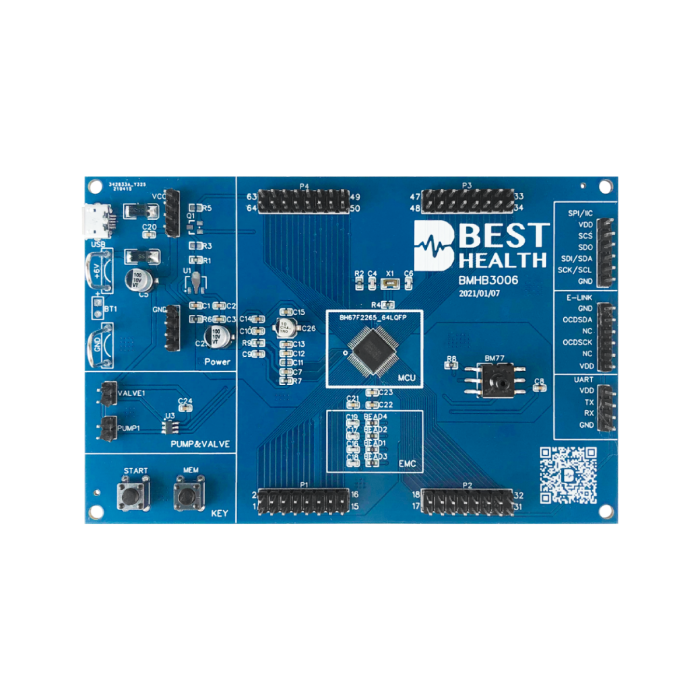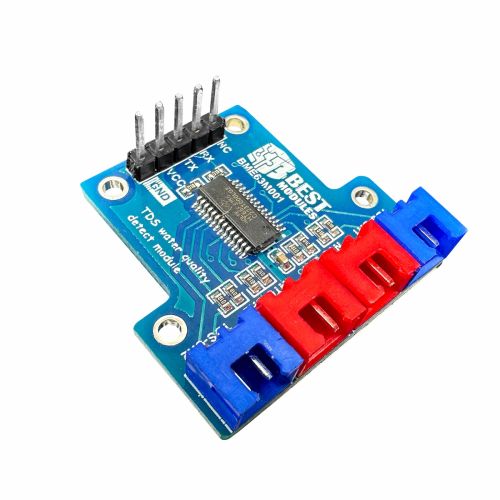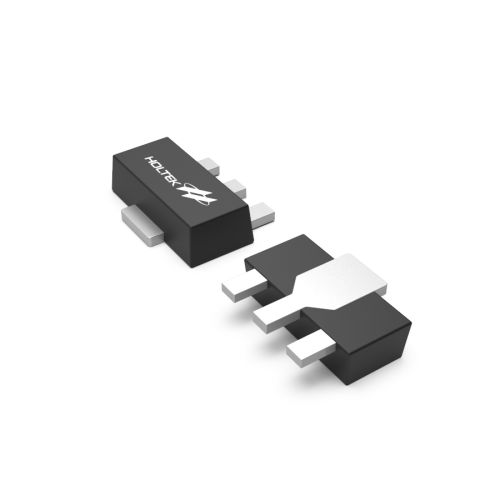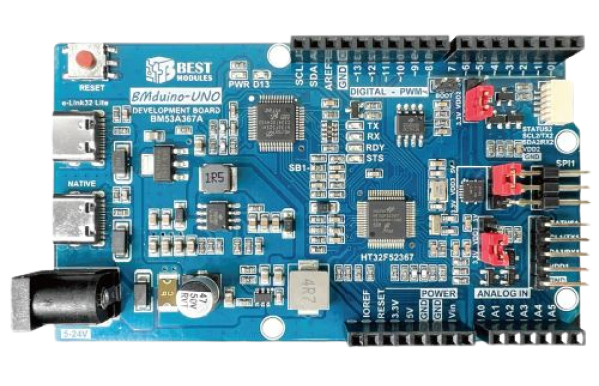Holtek Microcontrollers for Beginners
Learn how to start using Holtek microcontrollers with this easy guide. Discover what they are, why they’re useful, and how to build your first project.
Introduction Microcontrollers power devices around us, from smart homes to factories. If you’re new to electronics, Holtek microcontrollers offer a simple and flexible way to get started. This guide will help you understand what they are, why they matter, and how you can begin your own project.
What is a Microcontroller? A microcontroller (MCU) is a small computer on a chip. It includes a processor, memory, and input/output ports. These chips control devices like smart thermostats, robots, and machines.
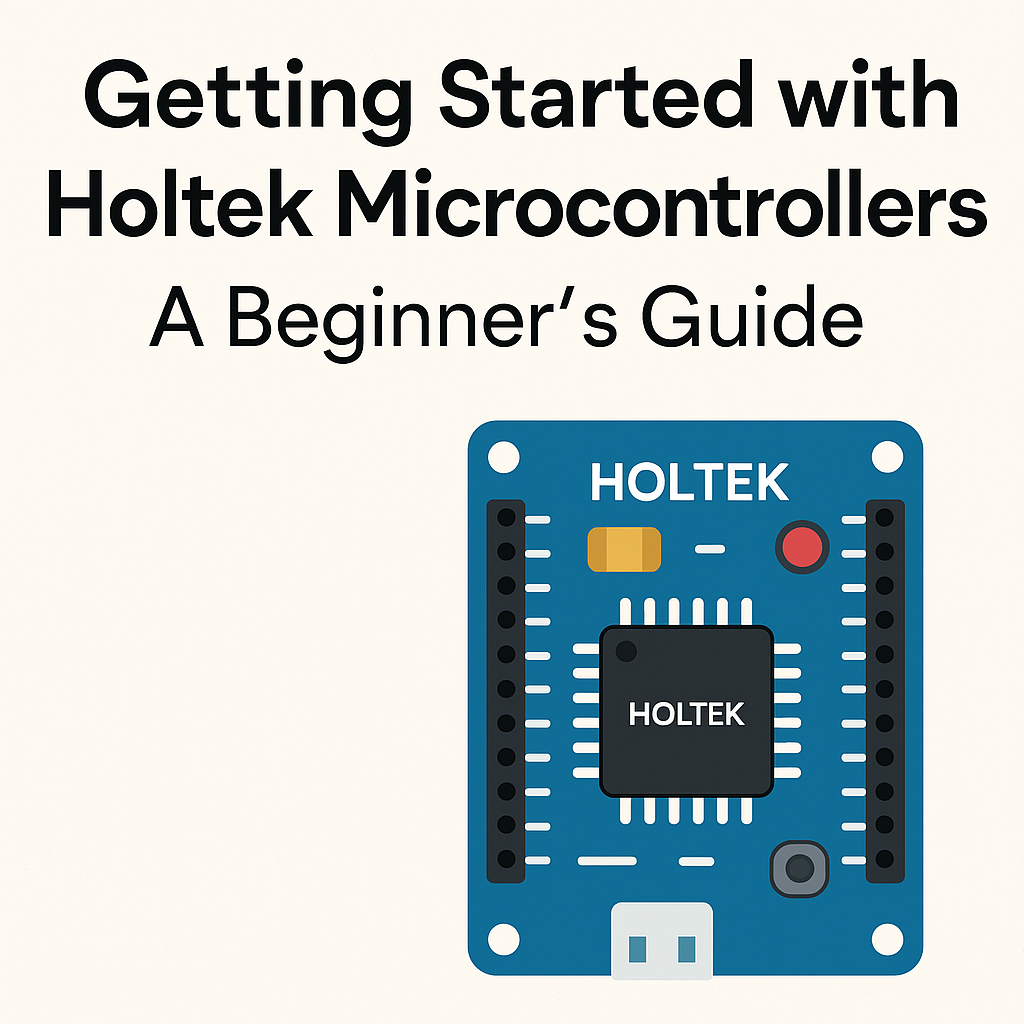
Why Should You Use Holtek? Holtek makes affordable, high-quality microcontrollers. Here’s why they’re a smart choice:
Wide Range of Choices
They offer 8-bit and 32-bit MCUs for simple to complex tasks.
Helpful Development Tools
You can use tools like HT-IDE3000 and evaluation boards to write and test your code easily.
Strong Support
You’ll find datasheets, example code, and user guides to help you learn faster.
Real-World Uses
Companies use Holtek chips in health gadgets, home appliances, and smart devices.
What You Need to Get Started To build your first Holtek project, gather these items:
- Development Board – Use BMduino-UNO (it works like Arduino UNO).
- HT-IDE3000 – Holtek’s tool for writing and testing your code.
- Programmer – Devices like e-Link or e-WriterPro help load code to your chip.
- Basic Components – Include LEDs, resistors, sensors, and a breadboard.
- Simple Project Plan – Start with a blinking LED or a temperature reading.
Your First Project: Blinking an LED Let’s start with a classic beginner task—making an LED blink. This confirms your setup works.
void main() {
GPIO_Init();
while(1) {
LED_ON();
Delay(500);
LED_OFF();
Delay(500);
}
}Note: Code may vary by chip and tools you use.
Tips for New Users
- Begin with easy projects.
- Read the MCU’s datasheet.
- Join online forums or visit Holtek’s website for help.
- Look out for workshops at colleges or online.
Where to Buy Holtek Microcontrollers in India Spin Modules is the official Holtek partner in India. We offer a wide range of boards and tools for beginners, makers, and engineers.

